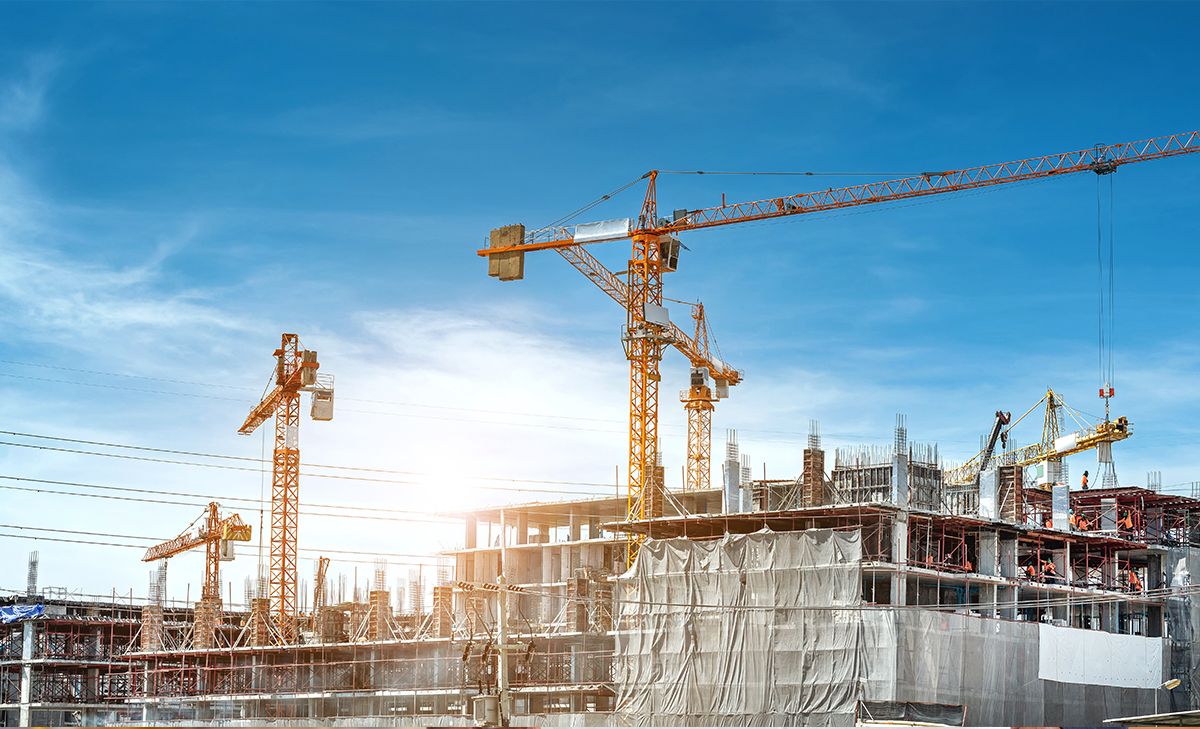Explore the evolution of mixed-use developments in Kenya, focusing on integrated urban real estate projects in Nairobi. Learn about notable developments, investment opportunities, and the future of urban living.
Introduction
Defining Mixed-Use Developments
Mixed-use developments in Kenya combine residential, commercial, retail, and leisure spaces within a single, planned area. These projects—known as MUDs—create a “live, work, and play” environment that appeals to modern urban lifestyles. By offering convenience and accessibility in one location, they’re redefining how Kenyans experience urban living.
The Rise of MUDs in Kenya
The rise of mixed-use developments in Kenya reflects rapid urban growth, shifting consumer preferences, and a desire for smarter, integrated spaces. Nairobi, in particular, has seen a surge in these projects, with investors recognising their long-term value and sustainability. As the country continues to urbanise, MUDs are becoming the preferred model for modern real estate development.
Key Drivers of Mixed-Use Developments in Kenya
Urbanisation and Population Growth
Kenya’s urban population is growing fast, creating a strong demand for modern living spaces. Cities like Nairobi, Mombasa, and Kisumu are expanding vertically, and developers are turning to mixed-use real estate to maximise limited land. These projects help ease urban congestion and improve access to amenities, making them a practical solution for city planners and investors.
Government Policies and Infrastructure Development
Supportive government initiatives—such as affordable housing programs and improved transport networks—are accelerating the growth of integrated urban developments in Nairobi. Roads, railways, and digital infrastructure attract private investment and make MUDs more viable. The government’s Vision 2030 urban agenda continues to encourage smart, sustainable development partnerships.
Changing Consumer Preferences
Modern Kenyans are seeking convenience, security, and vibrant communities in one location. Young professionals and families now prefer environments where they can live close to workplaces, schools, and entertainment options. This shift in lifestyle expectations is fueling demand for integrated, mixed-use developments that blend comfort with accessibility.
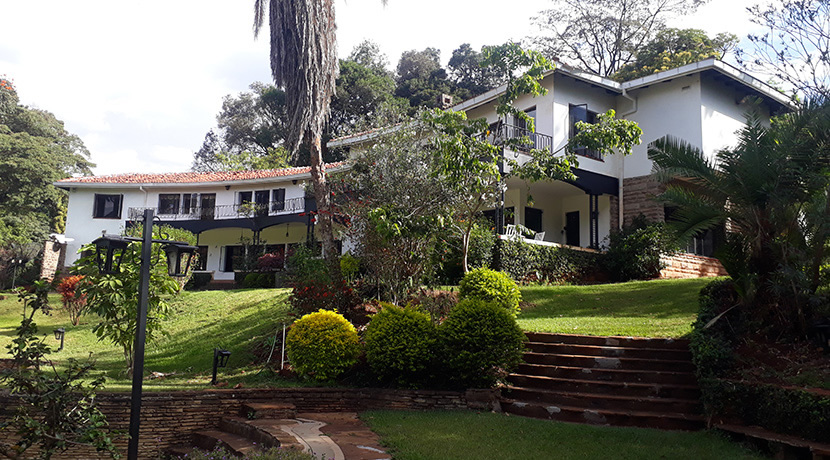
Notable Mixed-Use Developments in Kenya
Two Rivers Development
Two Rivers Development is one of Kenya’s largest and most ambitious mixed-use projects, located along Limuru Road in Nairobi. It integrates retail, residential, entertainment, and office spaces into one connected ecosystem. The development features a luxury mall, hotels, apartments, and modern business towers, creating a self-sufficient urban hub that attracts both local and international investors.
Global Trade Centre (GTC)
The Global Trade Centre (GTC) in Westlands is a symbol of Nairobi’s rise as a regional commercial powerhouse. It includes the tallest building in Kenya, luxury residences, a five-star hotel, and corporate offices—all designed for high-end mixed-use living. GTC enhances Nairobi’s appeal to multinational corporations while redefining the skyline with world-class architecture.
Garden City Mall
Garden City was one of Kenya’s first large-scale mixed-use developments, blending shopping, entertainment, and residential living. Located along Thika Road, it combines a modern retail center with stylish apartments and green spaces. Its focus on sustainability—such as solar energy and water recycling—set new standards for environmentally conscious developments in the country.
BBS Mall
BBS Mall, situated in Eastleigh, represents a new era of community-driven mixed-use development. It integrates retail, offices, and leisure facilities within a vibrant commercial district. The mall’s design supports small and medium enterprises (SMEs) while offering shoppers modern experiences, helping transform Eastleigh into a thriving urban economy.
Benefits of Mixed-Use Developments
Enhanced Convenience and Lifestyle
Mixed-use developments in Kenya provide unmatched convenience by combining housing, workspaces, and leisure areas in one place. Residents save time on commuting while enjoying access to gyms, shops, and social spaces. This urban model supports balanced lifestyles and stronger communities, particularly in fast-paced cities like Nairobi and Mombasa.
Economic Opportunities
MUDs open up multiple revenue streams through retail rentals, residential sales, and service businesses. They boost local employment and attract investors looking for stable, long-term returns. For developers, integrated projects also reduce risks by diversifying income sources across residential and commercial components.
Sustainable Urban Living
Integrated developments support sustainable urbanisation by reducing travel distances, promoting energy-efficient designs, and encouraging eco-friendly construction. Many projects, such as Garden City, integrate green roofs and solar systems to minimise their environmental footprint. This sustainability approach aligns with Kenya’s Vision 2030 and global climate goals.
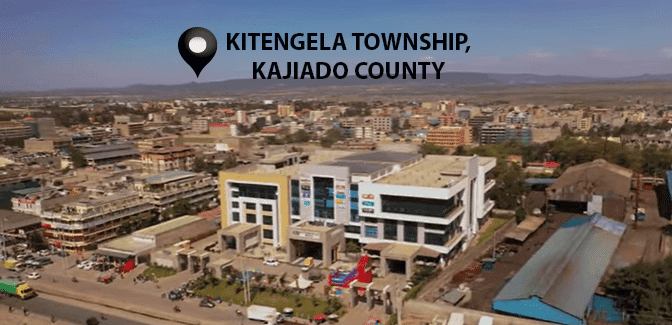
Challenges Facing Mixed-Use Developments in Kenya
Regulatory and Zoning Issues
Many mixed-use developments face delays because land use rules and zoning can be unclear or change between counties. Developers must navigate approvals from county governments, NEMA, and building authorities, which adds time and cost. Clearer, harmonised zoning for mixed-use real estate would cut permitting delays and reduce legal risks.
Infrastructure and Service Provision
Mixed-use developments need reliable roads, water, power, and broadband to work well — and these services are uneven across Nairobi and other cities. When infrastructure lags, construction and operating costs rise and tenant demand can drop. Early coordination with utilities and county planners helps ensure the integrated urban development has the services it needs.
Market Demand and Financial Viability
Balancing residential, retail and office demand in one project is tricky; an oversupply in one component can hurt returns across the whole development. Financing mixed-use real estate often requires larger capital, longer timelines, and complex phasing to match market cycles. Developers mitigate risk by staging builds, pre-leasing commercial space, and using realistic absorption forecasts.
The Future of Mixed-Use Developments in Kenya
Trends and Innovations
Smart building tech, modular construction, and green design are shaping the next generation of mixed-use developments. Expect more projects to include solar, rainwater harvesting, and mixed mobility options that cut commuting times. These trends make integrated urban developments more attractive to tenants and investors.
Opportunities for Investors and Developers
Investors can benefit from diversified income streams — retail rent, office leases, and residential sales — inside one development. Developers with local market insight can partner on affordable housing wings, lifestyle retail, or coworking spaces that meet current demand. Targeting transit nodes and satellite towns can unlock higher long-term yields.
Policy Recommendations
Policymakers should streamline mixed-use zoning, offer incentives for sustainable design, and support PPPs that deliver shared infrastructure. Simple measures — faster approval windows and clear mixed-use guidelines — would lower entry barriers for developers. A predictable regulatory environment will encourage more quality integrated urban developments across Kenya.
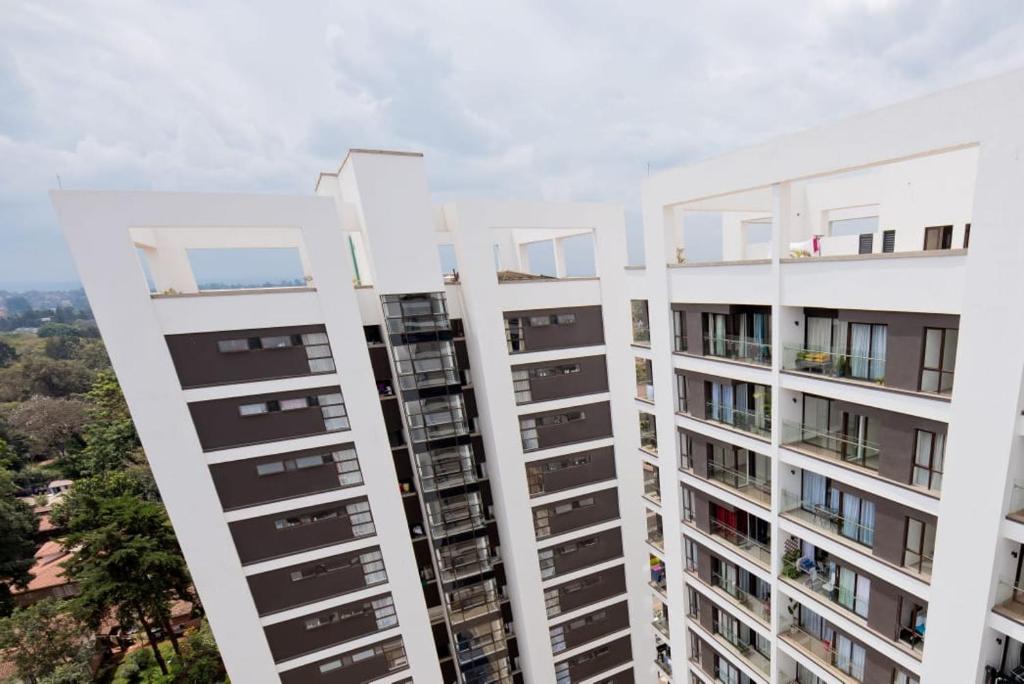
Investment Opportunities in Mixed-Use Developments
Real Estate Investment Trusts (REITs)
REITs can make mixed-use developments accessible to a broader investor base by pooling capital and offering liquidity. For investors, REITs reduce direct management demands while exposing them to diversified urban real estate. Developers can also use REIT listings to recycle capital into new integrated projects.
Private Equity and Joint Ventures
Private equity funds and joint ventures help share development risk and bring specialised skills to complex mixed-use projects. Local partners can speed approvals and market entry while international capital provides scale. Clear JV agreements and aligned exit strategies are essential to avoid conflicts down the line.
Government Incentives and Partnerships
Tax breaks, land swaps, and infrastructure co-funding make mixed-use projects more financially viable — especially where early costs are high. Governments can also offer concessionary land leases or fast-track permits for developments that include affordable housing or public amenities. These partnerships lower developer risk and accelerate delivery of integrated urban developments.
Integrated Urban Planning and MUDs
Smart City Concepts
Smart city technologies are increasingly becoming part of mixed-use developments in Kenya. These include digital parking systems, security surveillance, automated lighting, and energy-efficient utilities that enhance convenience and safety. By integrating data-driven management, MUDs improve livability while reducing operational costs for developers and residents.
Public-Private Partnerships
Public-private partnerships (PPPs) are vital in financing and executing large-scale MUDs. Counties and private investors can jointly develop roads, drainage, and power systems within these projects. Such collaborations ensure that infrastructure keeps pace with urban growth while easing the financial burden on developers.
Sustainable Infrastructure
Sustainable infrastructure—like solar energy, recycled water systems, and non-motorised transport lanes—forms the backbone of successful MUDs. These features lower carbon footprints and attract environmentally conscious tenants. Developers who prioritise sustainability also benefit from lower utility costs and higher long-term asset value.
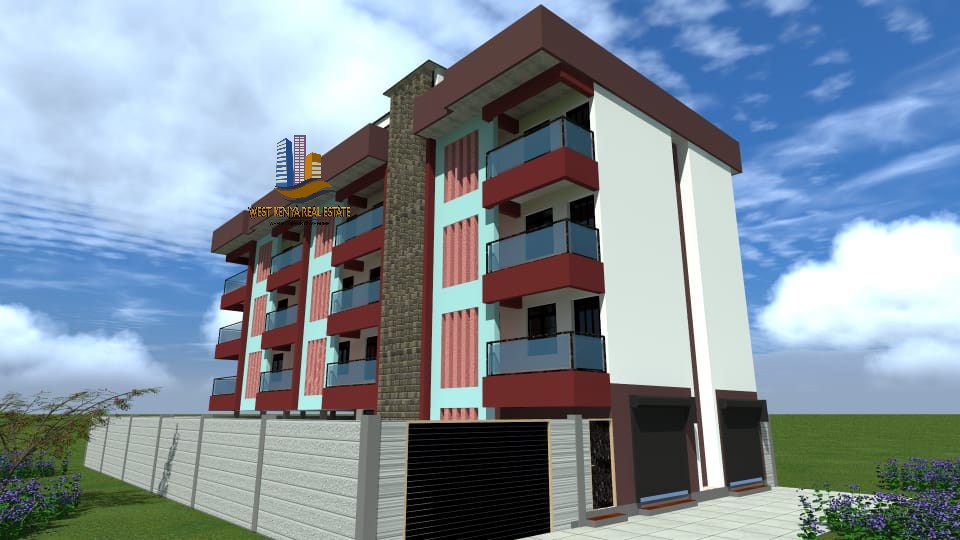
Comparative Analysis: Nairobi vs. Other Kenyan Cities
Urbanisation Rates and MUD Adoption
Nairobi leads Kenya in mixed-use development adoption due to its high urbanisation rate and robust economy. Cities like Mombasa, Kisumu, and Nakuru are gradually following suit as infrastructure and investor confidence grow. However, land costs and population density remain key factors influencing where MUDs thrive.
Investment Trends
Nairobi continues to attract the most foreign and institutional investors, while secondary cities offer emerging opportunities for affordable and mid-level MUDs. Developers are increasingly exploring smaller, community-based integrated projects outside the capital to tap into regional growth potential. This trend balances urban concentration with nationwide development.
Policy Variations
County policies differ widely, affecting timelines and project scope. Nairobi’s building code and zoning frameworks are more advanced, whereas other counties are still developing clear MUD guidelines. Harmonising regulations across Kenya would make it easier for investors to scale similar projects nationally.
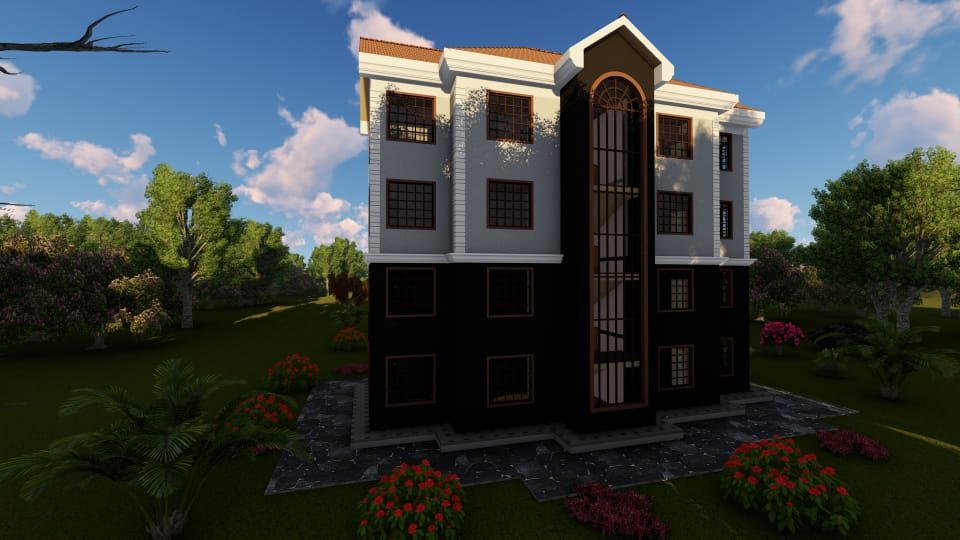
Lessons Learned from Successful MUD Projects
Case Studies
Projects like Garden City and Two Rivers demonstrate how well-planned integration of retail, residential, and leisure spaces can succeed. These developments achieved high occupancy by prioritising location, sustainability, and mixed-income accessibility. They also set new benchmarks for quality and long-term urban design.
Best Practices
Successful MUDs prioritise early stakeholder engagement, realistic phasing, and market-driven design. Developers who align with local community needs and maintain transparent communication often achieve smoother approvals and stronger brand trust. Incorporating flexible spaces for changing market demands is also key.
Challenges Overcome
Kenyan developers have overcome financing gaps, regulatory delays, and infrastructure bottlenecks through innovation and partnerships. Use of phased development, REIT funding, and sustainable technology has helped projects stay viable. The lessons learned continue to shape how modern MUDs are planned and managed nationwide.
Community Impact of Mixed-Use Developments
Social Integration and Inclusivity
Mixed-use developments promote inclusivity by blending people from different income levels and lifestyles into shared spaces. Through parks, cafes, and communal zones, residents interact naturally, creating a sense of belonging that traditional single-use neighbourhoods often lack. These developments encourage social cohesion, reduce isolation, and build stronger, safer communities that reflect Kenya’s diverse urban culture.
Access to Public Amenities
One of the biggest advantages of MUDs is the improved access to public and private amenities. Residents can find clinics, supermarkets, gyms, and entertainment venues within walking distance, reducing the need for long commutes. This not only saves time but also enhances convenience, especially for families and professionals in fast-growing towns like Nairobi, Nakuru, and Mombasa.
Cultural and Recreational Value
MUDs often include cultural centers, playgrounds, and event spaces that give neighbourhoods a unique identity. These spaces support creativity, encourage youth engagement, and boost local tourism through events and exhibitions. When thoughtfully designed, they become destinations that enrich urban life and promote Kenya’s vibrant cultural expression.

Design and Architecture of Modern MUDs
Blending Functionality with Aesthetics
Modern MUD architecture strikes a balance between style and practicality. Developers now design buildings that not only look good but also enhance comfort and movement through open courtyards, rooftop gardens, and shared leisure zones. Functional designs reduce congestion while creating visually appealing spaces that attract both residents and investors looking for long-term value.
Adaptive Design for Future Growth
Urban needs evolve, and so should the spaces people live and work in. Adaptive architecture allows parts of a MUD — such as offices or retail units — to be repurposed for housing or flexible workspaces when market demand shifts. This forward-thinking approach ensures that developments remain relevant and profitable for decades, regardless of economic changes.
Incorporation of Local Identity
The best MUDs reflect Kenyan culture through their materials, art, and landscaping choices. Developers use locally sourced stone, traditional patterns, and native plants to make spaces feel authentic and connected to their surroundings. This approach preserves cultural heritage while promoting national pride and supporting local artisans and suppliers.
Economic Impact of Mixed-Use Developments
Job Creation and Local Business Growth
Mixed-use developments play a crucial role in boosting employment across Kenya’s urban centers. From construction workers and security staff to shop owners and service providers, thousands of jobs are created during and after project completion. These developments also provide affordable retail space for small businesses, helping local entrepreneurs thrive within modern, high-traffic environments.
Increased Land Value and Revenue
When a major MUD is built, surrounding land values often rise significantly. Local governments benefit through increased tax collection and development fees, while property owners enjoy higher resale and rental values. This ripple effect strengthens both county economies and investor confidence in Kenya’s urban real estate market.
Boosting Urban Tourism and Commerce
Integrated developments often become lifestyle destinations that attract tourists and city residents alike. With hotels, cinemas, restaurants, and shopping centers in one location, they generate continuous foot traffic and boost spending. This combination of convenience and experience strengthens Kenya’s position as a modern commercial hub in the region.

Environmental Considerations in MUD Projects
Green Construction and Energy Efficiency
Kenya’s leading mixed-use projects increasingly adopt eco-friendly materials and green building standards. Features like solar energy, LED lighting, and natural ventilation help lower energy consumption while reducing operational costs. Developers who embrace sustainable construction not only meet modern standards but also appeal to environmentally conscious buyers and tenants.
Waste Management Systems
Proper waste management is essential in high-density environments. MUDs now incorporate centralised waste sorting, recycling, and collection systems that keep communities clean and efficient. By integrating these systems from the design stage, developers promote public health and minimise environmental pollution in busy urban areas.
Climate Resilience Planning
With changing weather patterns, developers are prioritising drainage, flood control, and green landscaping to reduce heat and stormwater risks. These climate-resilient features protect buildings while ensuring safer environments for residents. Over time, they also contribute to a more sustainable urban future for Kenyan cities.
Technology and Digital Transformation in MUDs
Smart Building Systems
Technology is at the heart of modern mixed-use developments. Smart systems such as automated lighting, CCTV networks, and digital entry controls enhance both security and efficiency. Building managers can monitor performance in real time, while residents enjoy safer, more comfortable living environments.
Digital Connectivity and Remote Work Spaces
With the rise of remote work, developers are integrating coworking spaces, high-speed internet, and soundproof meeting pods into MUD designs. This supports Kenya’s growing digital economy while reducing the need for daily commuting. The result is a community that promotes productivity and flexibility in equal measure.
Data-Driven Urban Management
Advanced data systems now help developers track energy use, water consumption, and maintenance patterns. These insights allow for predictive management, reduced waste, and better sustainability performance. Data-driven operations are fast becoming the standard for smart cities and mixed-use projects across Kenya.
Conclusion
Summary of Key Points
Mixed-use developments in Kenya are transforming how people live, work, and interact in urban spaces. From Nairobi’s large-scale projects like Two Rivers and GTC to emerging developments in Nakuru and Mombasa, these integrated spaces are shaping the country’s real estate future. They offer convenience, economic growth, and sustainability — making them a vital part of Kenya’s urban transformation story.
Call to Action
For investors, developers, and homeowners, now is the best time to explore opportunities in Kenya’s mixed-use developments. Whether through REITs, partnerships, or direct ownership, mixed-use real estate continues to provide stable returns and long-term value. Begin by researching approved projects, consulting county planners, and reviewing ongoing developments that match your investment goals.



